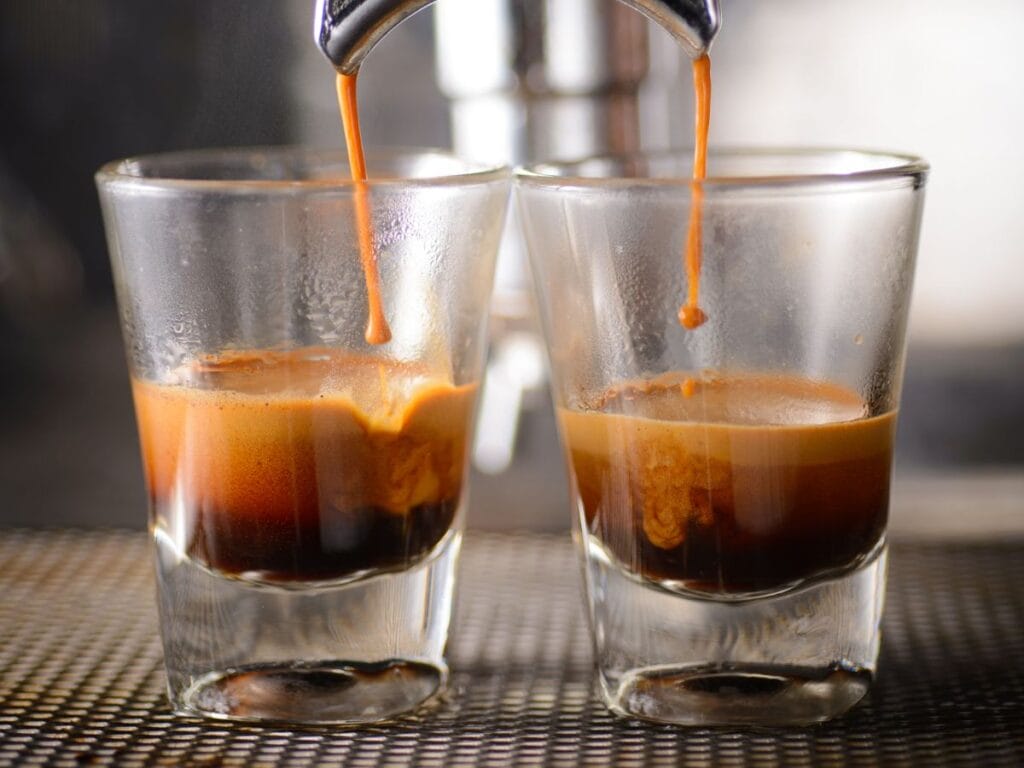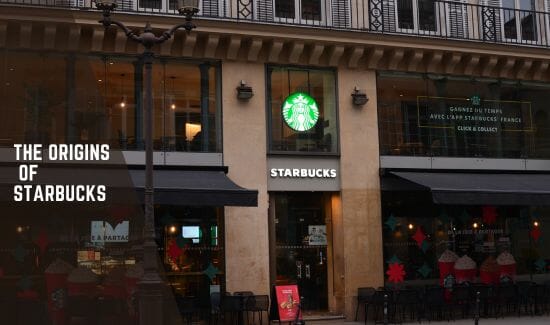
When it comes to the realm of caffeinated beverages, the perennial debate between espresso and regular coffee ignites curiosity among aficionados and novices alike. The quest for a stronger brew, both in terms of flavor and caffeine content, often leads enthusiasts to compare these two popular caffeinated beverages. Let’s delve into the nuances and uncover the truth behind whether Starbucks espresso holds more strength than its regular coffee counterpart.
Understanding the Essence of Espresso and Regular Coffee
Exploring Espresso
Espresso, a beloved and revered form of coffee, is an intense and concentrated coffee brewed by forcing hot water through finely ground coffee beans. The process typically yields a small shot of robust coffee, showcasing a rich and complex flavor profile. The high pressure and quick extraction of flavors from the beans create the hallmark characteristics of espresso – a potent, full-bodied, and intense taste.
Unveiling the Secrets of Regular Coffee
Conversely, regular coffee encompasses a broader spectrum of brewing methods. From the drip method to French press or pour-over, the making of regular coffee involves a more extended extraction process, resulting in a larger quantity of beverage with a milder taste compared to espresso. This traditional brewing method allows for a diverse array of flavors, influenced by variables such as the type of beans, grind size, water temperature, and brewing duration.
Espresso vs. Regular Coffee
Caffeine Content: Fact or Fiction?
The prevailing belief that espresso boasts a higher caffeine content than regular coffee is a common misconception. While the concentrated nature of espresso might seem to imply higher caffeine levels, the truth lies in the serving size. A shot of espresso contains less caffeine compared to a standard cup of coffee. However, ounce for ounce, the caffeine concentration in espresso is undeniably higher due to its smaller serving size.
Strength and Intensity: Decoding the Taste
The perception of strength in coffee isn’t solely attributed to its caffeine content. Espresso, being more concentrated, delivers a robust flavor, often associated with a potent punch. This intense flavor, coupled with the rich crema on top, creates the illusion of a stronger brew. On the other hand, regular coffee, despite containing more water and having a milder taste, can be just as potent due to the higher caffeine quantity per cup.
Factors Influencing Strength: Beans and Roasting
The brewing process is just one piece of the puzzle when considering the strength of a caffeinated beverage. Bean type and roasting greatly impact the final product. Espresso is typically crafted from darker roasted beans, contributing to its intense and bold flavor. Contrastingly, the diversity in roasting profiles for regular coffee can range from light to dark, influencing the overall taste and strength.
Conclusion
In the quest to unravel the mystery of whether Starbucks espresso reigns supreme in strength over regular coffee, one must acknowledge that strength, in the context of coffee, encompasses various dimensions. The caffeine concentration, flavor intensity, serving size, bean variety, and roasting techniques collectively contribute to the perception of strength in a cup of coffee.
Whether it’s the invigorating kick of a well-crafted espresso shot or the comforting familiarity of a meticulously brewed regular coffee, the definition of strength is a subjective narrative, shaped by individual preferences and discerning palates.

As a dedicated blogger, I share insights, tips, and knowledge on all things caffeinated and beyond. I firmly believe that a well-brewed cup of coffee or a skillfully crafted cocktail has the power to unite people and ignite engaging conversations.


